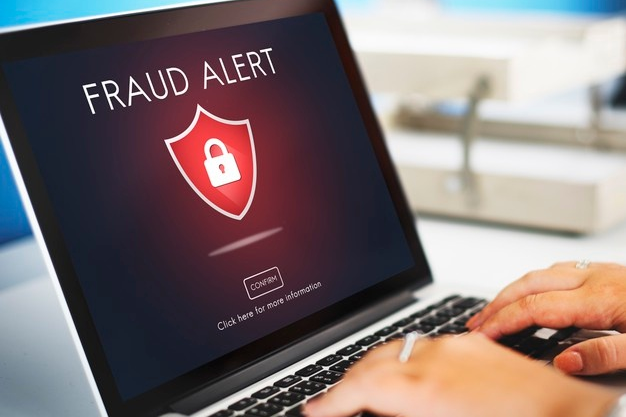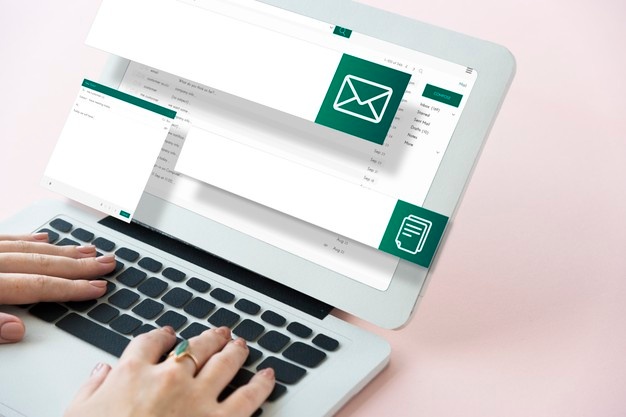
Phishing scams & attacks are fraudulent attempts to obtain financial information via emails such as bank and credit card details. Phishing has been there since we have the internet. According to a Verizon DBIR report, in 2019, 32% of online breaches involve phishing. It is one of the most common online scams. Cybercriminals have become more sophisticated in performing phishing attacks these days. Also, these are not necessarily expert criminals. They could be someone in your surroundings taking note of your transactions and internet use. In that case, you can expect even a personalized email that may lure you as per your preferences.
In addition, it becomes difficult for common people to determine whether it’s a scam or not? Because phishing is of various types. Firstly, let’s discuss the types.
Types Of Phishing Scams
1) Phishing Emails
It is the most common and conventional way to acquire user details. Cyber attackers send fascinating emails with a link to click where you put your details that can be misused.

2) Domain Spoofing
Here, attackers use real company domains and modify them a bit (which can not be caught) so people easily believe them and respond with the needful.
3) Voice Phishing
Scammers call and mimic an authoritative person of a real company or bank, tell the schemes they offer like free international trips, 90% product discounts, credit card offers etc., to get your baking details.
4) Smishing (SMS Phishing)
Remember such messages “Congratulations! You have received $50,000 in your account. Click here to know more.” Such messages are potentially SMS phishing where you lose your bank details in the urge of crediting a good amount in your account.

5) Social Media Phishing
Attackers make a social media page or an ad. They promote fraud giveaways to convince you to click on the link and fill in your personal and financial information.
6) Clone Phishing
It is the trickiest one to identify as you will get a legitimate email where the links would have been replaced with dangerous links, to attempt a phishing attack.
These are the kind of phishing attacks happening every minute in the world. What are the common ways by which you can protect yourself from such attacks?
How To Avoid Phishing Scams?
No one wants to be the victim of phishing but eventually, it happens. Let’s do one thing, you check your email inbox every day. You will realise, each day you will get at least one phishing email in your mailbox. Therefore, it is essential to know how you can avoid and protect yourself from phishing scams.
-
Stay Informed
These cybercriminals are becoming more sophisticated and pro in their work. They research to plan new phishing strategies. To avoid a victim situation, you must be aware of the updates and phishing news so that you do not get into something you did not know.
-
Check Site Security
You can check site security in two ways, and both are mandatory.
– The URL of the website/landing page will have “HTTPS”
– The address bar from the left will have a ‘lock’ icon.
It means; the website is secured, and you can trust them with your personal and banking details.

-
Think, Is It Fine To Click?
Before you click any URL, even from the known domain or company. Stop! Check the URL destination and company website. If the website has the information about the offers explained in the email. Click on the URL in the mail.
Also, the majority of phishing emails are not personalised. Phishing emails will start as “Dear Customer or Hello Customer.” It could be anything but not your name. It is kind of a way you can distinguish between general mail and phishing mail.
-
Use Anti-Phishing Toolbar
The anti-phishing toolbar is a downloadable extension. It can help to customise the browser in order to avoid phishing attacks. When you open any URL, this toolbar checks its data and intimate the user if it is a phishing URL.
-
Keep A Check On Your Bank Accounts
It is essential to check your bank statements regularly to spot if there is something fishy. Banks allow complaining about unauthorised transactions within 30 days. If you keep a check on your transactions, you will be able to report and get the money back.
-
Use AntiVirus Software
There is a requirement of technical intervention if you have such confidential data which you don’t want to share anyhow. That technical intervention is “Antivirus Software.” It detects the presence of phishing emails and blocks the senders automatically (you can also change the settings if required).

-
Beware Of The Calls And SMS(s)
We have banks shouting out loud everywhere possible in their promotions that they never ask for OTPs and other bank details on call or SMS. Rather, they are not allowed to do so. If still, something happens, report that number and the person (if possible) so that he/she won’t be able to repeat vishing or smishing with anyone else.
-
IT Training
Phishing attacks such as clone phishing are really hard to determine. Therefore, there is no harm in suggesting IT training to identify such attacks. If not, then look for basic mistakes in the email such as the wrong URL, grammatical or spelling mistakes, unorganised CTA, lack of professionalism in the mail, etc.
In The End…
These tips will help you avoid types of phishing scams & their impact on yourself. It could be both emotional and professional. Do not forget that you have checked the link authority before clicking on it, and do not tell your banking information to anyone in your surroundings, no matter how much you trust them. They may unknowingly share your details with a potential hacker. You can also bookmark this blog so that whenever you feel like you forgot how to avoid phishing scams, you can re-read our blog. For more such tips and tricks, keep following our newsletter.
